Vigna unguiculata (L.) Walp.
| Etymology | Genus | After Professor Dominico Vigna, 17th century Italian botanist |
|---|---|---|
| Species | Claw-like | |
| Family | Fabaceae | |
| Synonyms | Dolichos unguiculatus L. | |
| Common Names | Long Bean, Chinese Long Bean, Asparagus Bean, Yardlong Bean, Pea Bean, Long-Podde | |
| Status | Exotic: Naturalised | |
| Form | Climber | |
| Native Distribution | Africa | |
Diagnostics:
A cultivated climbing legume that has trifoliate leaves. Most diagnostic are their long pods. There are 13 recognised subspecies of this plant (Royal Botanic Gardens, Kew, n.d.), but most of those observed here appear to be of the subspecies sesquipedalis, which has very long pods of 25–48 cm.
Interesting Facts:
Through archaeological, textual, and genetic findings, it was deduced that Long Beans were first domesticated in Africa before 2,500 BC and established in most of Asia by 400 BC (Herniter et. al., 2020). This was further spread to the New World in the 15th century during the Columbian exchange.
The Long Bean fruit is a staple vegetable in Singapore's Chinese cuisine. It is often cut into small sections and cooked with minced meat at the economy (cai png) rice stalls.
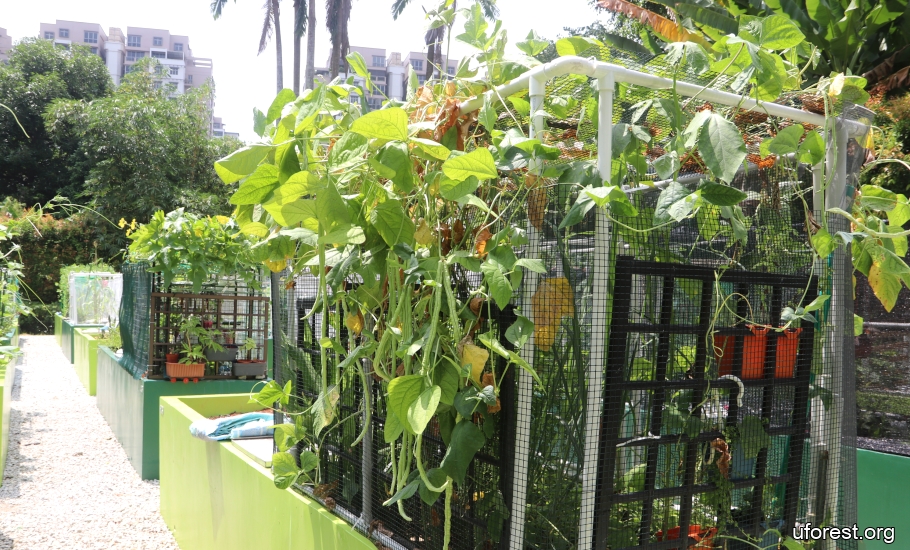
At a cultivated plot in Hougang.
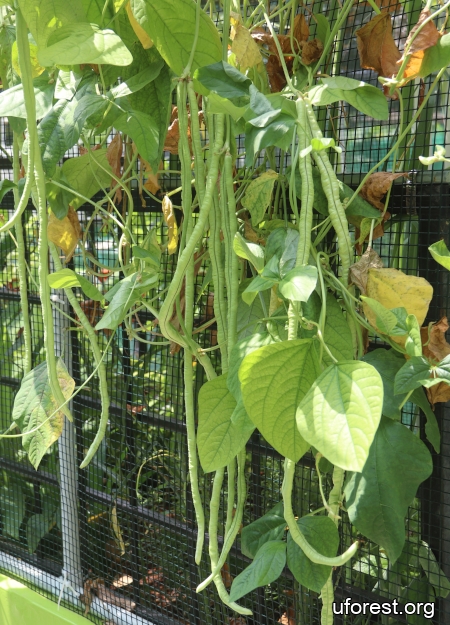
Long beans fruits.
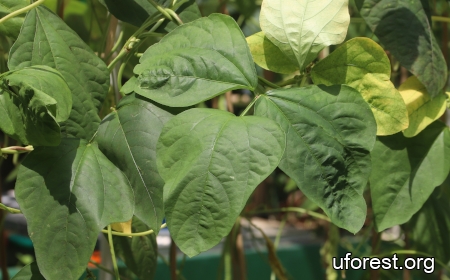
Trifoliate leaf.
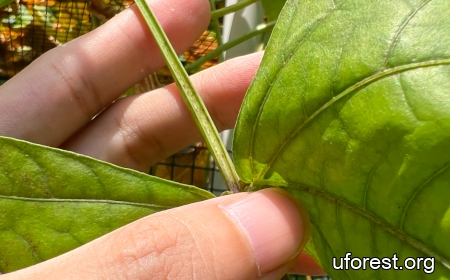
Grooved petiole.
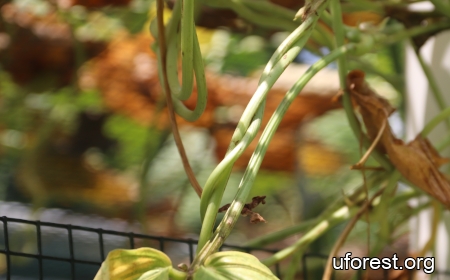
Twining stem.
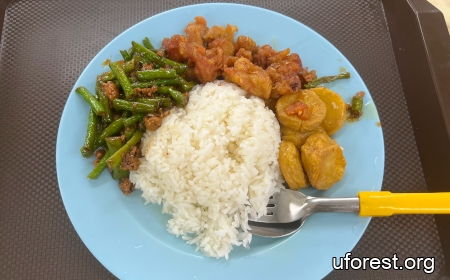
A staple vegetable in the economy rice dish.
References
Royal Botanic Gardens, Kew. (n.d.). Plants of the World Online. https://powo.science.kew.org. Accessed on 28-Sep-2025.
Herniter, I. A., Muñoz-Amatriaín, M., & Close, T. J. (2020). Genetic, textual, and archeological evidence of the historical global spread of cowpea (Vigna unguiculata [L.] Walp.). Legume Science, 2(1), e57. https://doi.org/10.1002/leg3.57
Author: Siyang
Posted: 2025-09-30 / Modified: 2025-10-03